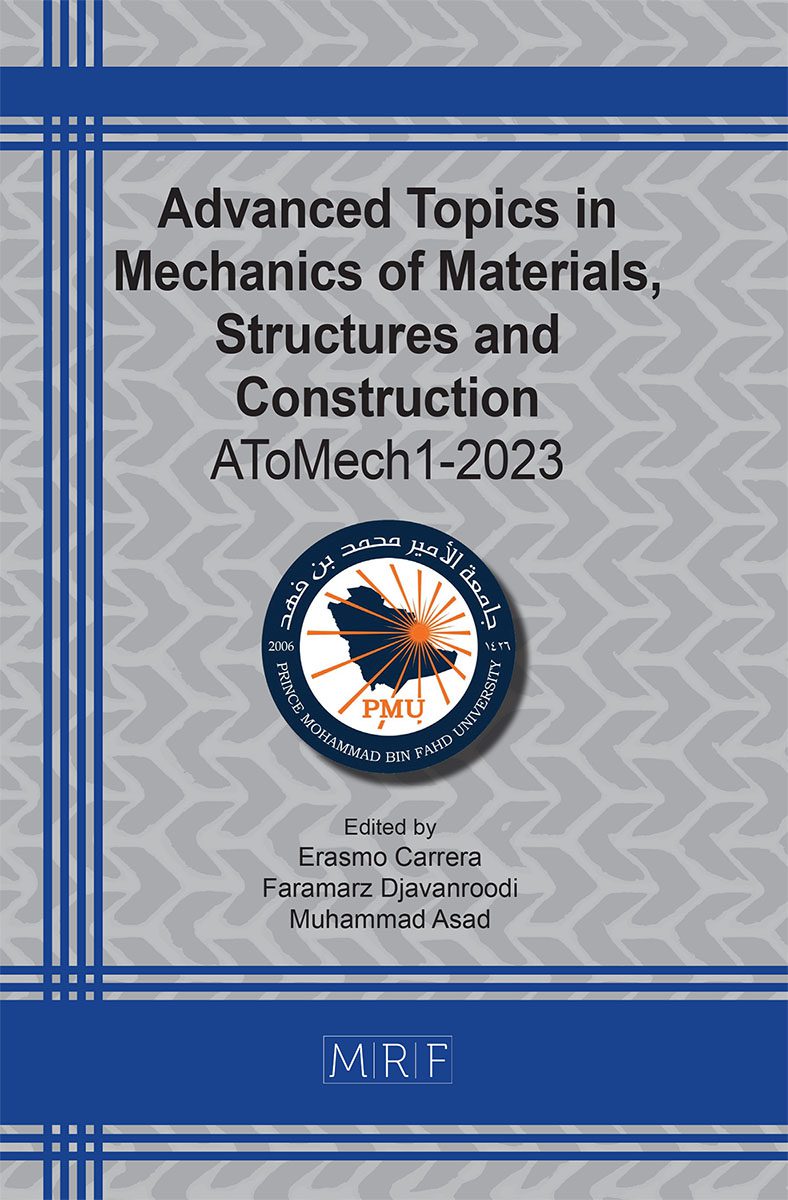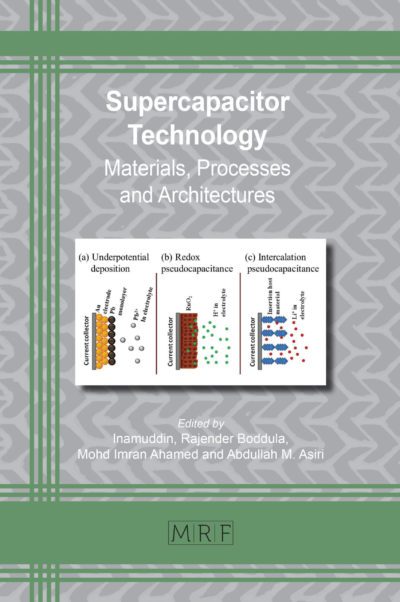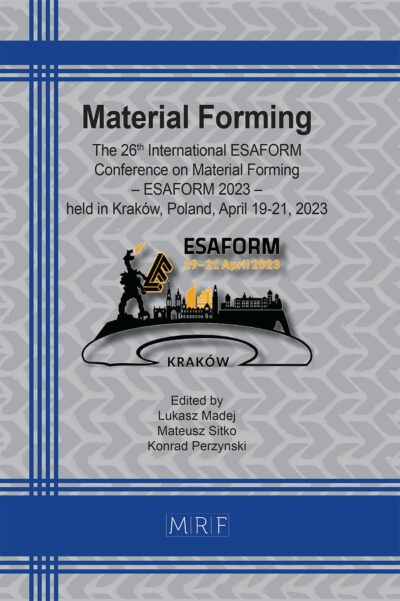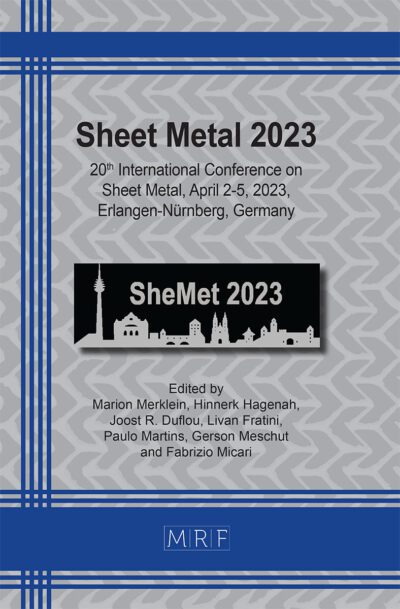Utilizing machine learning techniques for predictive modelling of absorptivity in l-shaped metamaterials
Md Adil, Pratik Punj
download PDFAbstract. Metamaterials are artificially engineered materials that have properties not found in naturally occurring materials. They are designed to have specific electromagnetic or other physical properties, such as negative refraction, superconductivity or high absorptivity. They are often composed of structures on a scale much smaller than the wavelength of the phenomena they are intended to manipulate. Metamaterials have a wide range of potential applications, including in antennas, cloaking devices, and super resolution imaging. In this paper we have simulated and validated an L shaped meta material to make a data set of its absorptivity by varying different input parameters and then used these data to predict the absorptivity of any L shaped metamaterial using machine learning and it gave satisfactory results.
Keywords
Metamaterials, Machine Learning, Absorptivity, Simulation, Predictive Modelling
Published online 8/10/2023, 10 pages
Copyright © 2023 by the author(s)
Published under license by Materials Research Forum LLC., Millersville PA, USA
Citation: Md Adil, Pratik Punj, Utilizing machine learning techniques for predictive modelling of absorptivity in l-shaped metamaterials, Materials Research Proceedings, Vol. 31, pp 656-665, 2023
DOI: https://doi.org/10.21741/9781644902592-67
The article was published as article 67 of the book Advanced Topics in Mechanics of Materials, Structures and Construction
![]() Content from this work may be used under the terms of the Creative Commons Attribution 3.0 license. Any further distribution of this work must maintain attribution to the author(s) and the title of the work, journal citation and DOI.
Content from this work may be used under the terms of the Creative Commons Attribution 3.0 license. Any further distribution of this work must maintain attribution to the author(s) and the title of the work, journal citation and DOI.
References
[1] R. A. Shelby, D. R. Smith, and S. Schultz, “Experimental verification of a negative index of refraction,” Science 292(5514), 77-79 (2001). https://doi.org/10.1126/science.1058847
[2] D. R. Smith, D. C. Vier, T. Koschny, and C. M. Soukoulis, “Electromagnetic parameter retrieval from inhomogeneous metamaterials,” Phys. Rev. E Stat. Nonlin. Soft Matter Phys. 71(3), 036617 (2005). https://doi.org/10.1103/PhysRevE.71.036617
[3] J. B. Pendry, “Negative refraction makes a perfect lens,” Phys. Rev. Lett. 85(18), 3966-3969 (2000). https://doi.org/10.1103/PhysRevLett.85.3966
[4] D. R. Smith, J. B. Pendry, and M. C. K. Wiltshire, “Metamaterials and negative refractive index,” Science 305(5685), 788-792 (2004). https://doi.org/10.1126/science.1096796
[5] J. B. Pendry, D. Schurig, and D. R. Smith, “Controlling electromagnetic fields,” Science 312(5781), 1780-1782 (2006). https://doi.org/10.1126/science.1125907
[6] W. Cai, K. U. Chettiar, A. V. Kildishev, and V. M. Shalaev, “Optical cloaking with metamaterials,” Nat. Photonics 1(4), 224-227 (2007). https://doi.org/10.1038/nphoton.2007.28
[7] Hussein MI, Leamy MJ and Ruzzene M. Dynamics of phononic materials and structures: historical origins, recent progress, and future outlook. Appl Mech Rev 2014; 66: 040802. https://doi.org/10.1115/1.4026911
[8] Apaydin N, Sertel K and Volakis JL. Nonreciprocal leaky-wave antenna based on coupled microstrip lines 38 Proc IMechE Part L: J Materials: Design and Applications 0(0) on a non-uniformly biased ferrite substrate. IEEE Trans Antennas Propag 2013; 61: 3458-3465. https://doi.org/10.1109/TAP.2013.2257646
[9] Hu G. Metastructure with piezoelectric element for simultaneous vibration suppression and energy harvest_ing. J Vib Acoust 2016; 139: 011012. https://doi.org/10.1115/1.4034770
[10] Erb RM, Libanori R, Rothfuchs N, et al. Composites reinforced in three dimensions by using low magnetic fields. Science 335; 2012: 199. https://doi.org/10.1126/science.1210822
[11] Courjal N, Bernal MP, Ulliac G, et al. LiNbO3 acousto-optical and electro-optical micromodulators. J Eur Opt Soc 2009; 4: 09018. https://doi.org/10.2971/jeos.2009.09018
[12] Shen SH, Fang W and Young ST. Design considera_tions for an acoustic MEMS filter. Microsyst Technol 2004; 10: 585-591. https://doi.org/10.1007/s00542-003-0335-6
[13] Hofmann T, Helbig T, Schindler F, et al. Reciprocal skin and its realization in a topolectrical circuit. arXiv Prepr 2019; 2: 023265. https://doi.org/10.1103/PhysRevResearch.2.023265
[14] C. Hu, Z. Zhao, X. Chen, and X. Luo, “Realizing near-perfect absorption at visible frequencies,” Opt. Express 17(13), 11039-11044 (2009). https://doi.org/10.1364/OE.17.011039
[15] N. Liu, M. Mesch, T. Weiss, M. Hentschel, and H. Giessen, “Infrared Perfect Absorber and Its Application As Plasmonic Sensor,” Nano Lett. 10(7), 2342-2348 (2010). https://doi.org/10.1021/nl9041033
[16] W. L. Barnes, A. Dereux, and T. W. Ebbesen, “Surface plasmon subwavelength optics,” Nature 424(6950), 824- 830 (2003). https://doi.org/10.1038/nature01937
[17] Y. Wang, F. Li, Y. Wang, K. Kishimoto, and W. Huang, “Tuning of band gaps for a two-dimensional piezoelectric phononic crystal with a rectangular lattice,” Acta Mech. Sin., vol. 25, pp. 65-71, 2008. https://doi.org/10.1007/s10409-008-0191-9
[18] J. Zhao, Y. Li, and W. K. Liu, “Predicting band structure of 3D mechanical metamaterials with complex geometry via XFEM,” Comput. Mech., vol. 55, pp. 659- 672, 2015. https://doi.org/10.1007/s00466-015-1129-2
[19] S. Molesky, Z. Lin, A. Y. Piggott, W. Jin, J. Vucković, and A. W. Rodriguez, “Inverse design in nanophotonics,” Nat. Photonics, vol. 12, pp. 659-670, 2018. https://doi.org/10.1038/s41566-018-0246-9
[20] J. Peurifoy, Y. Shen, L. Jing, et al., “Nanophotonic particle simulation and inverse design using artificial neural networks,” Sci. Adv., vol. 4, p. eaar4206, 2018 Bianco, M.; Gerstoft, P.; Traer, J.; Ozanich, E.; Roch, M.; Gannot, S.; Deledalle, C. https://doi.org/10.1126/sciadv.aar4206
[21] Machine learning in acoustics: Theory and applications. J. Acoust. Soc. Am. 2019, 146, 3590-3628. https://doi.org/10.1121/1.5133944
[22] Michalopoulou, Z.; Gerstoft, P.; Kostek, B.; Roch, M. Introduction to the special issue on machine learning in acoustics. J. Acoust. Soc. Am. 2021, 150, 3204-3210. [CrossRef] https://doi.org/10.1121/10.0006783
[23] Bacigalupo, A.; Gnecco, G.; Lepidi, M.; Gambarotta, L. Machine-Learning Techniques for the Optimal Design of Acoustic Metamaterials. J. Optim. Theory Appl. 2020, 187, 630-653. https://doi.org/10.1007/s10957-019-01614-8
[24] Gurbuz, C.; Kronowetter, F.; Dietz, C.; Eser, M.; Schmid, J.; Marburg, S. Generative adversarial networks for the design of acoustic metamaterials. J. Acoust. Soc. Am. 2021, 149, 1162-1174. https://doi.org/10.1121/10.0003501
[25] Yang Bai, Li Zhao, Dongquan Ju, Yongyuan Jiang, and Linhua Liu: “Wide-angle, polarization-independent and dual-band infrared perfect absorber based on L-shaped metamaterial,” Optics Express. Vol. 23, Issue 7, pp. 8670-8680 (2015). https://doi.org/10.1364/OE.23.008670














